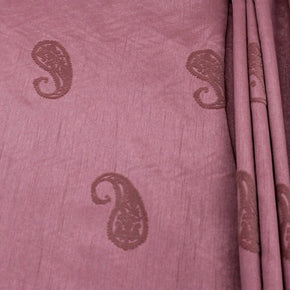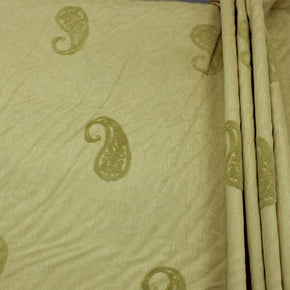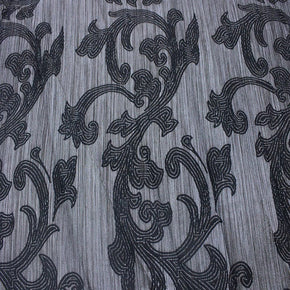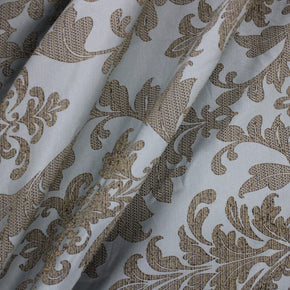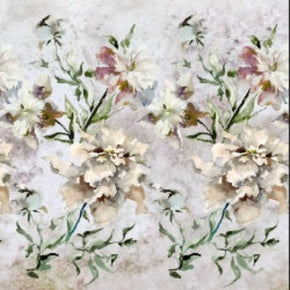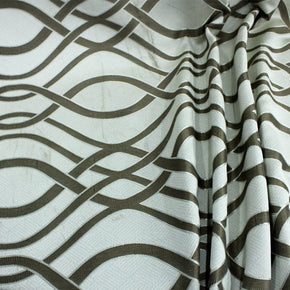- No products in the cart.
Orange
Cream
Grey
Navy
Yellow
Beige
Black
Baby Pink
Teal
Red
Maroon
Light Grey
White
Royal Blue
Plain Taffeta Fabric 214 280cm
R 35.00
Azure GZF001XCTM
Tumeric GZF001L
Graphite GZF0F
Forest GZF001J
Taupe GZF001B
Crimson GZF001S
Navy GZF001T
Grape GZF001RCTM
Pomelo GZF001QCTM
Papaya GZF001OCTM
Teal GZF001HCTM
Dolphin GZF001ECTM
Caribbean GZF0011CTM
Liquorise/Black GZF001V
Feather GZF001CCTM
Champagne GZF001ACTM
Tuscan Sun GZF001UCTM
Pacific
Fluxx Velvet Upholstery/Curtain Fabric 280 cm
Polysilk plain dyed dark mesa rose with flocking
Polysilk plain dyed rusty with flocking
Polysilk plain dyed emerald with flocking
Polysilk plain dyed tortilla with flocking
Polysilk plain dyed camel with flocking
Polysilk plain dyed dark butter with flocking
Polysilk Plain Dyed With Flocking
Dark Rust
Peach
maroon
Nugget Gold
Caramel
Sunshine
Ivory
Camel
Poly Silk Plain Dyed Fabric 280 cm
Purple
Hunter Green
Purple/Pink
Plum
Sweet Pink
Lilac
Lavender
Purple/Blue
Baby Pink
Rose Pink
Lilac/Pink
Rose gold
Cerise PInk
Black
Taffeta Crushed 280cm
Jacquard Curtaining ALPS-V3
Jacquard Curtaining ALPS-V5
Jacquard Curtaining Fabric ALPS 280 cm
R 199.95
Fresh Linen
West Coast
Honeydew
Grey Mist
Stone
Dusty
Seal
Inky
New Port Curtain Fabric 280 cm
Aurora Curtain Feather GKS022D
Aurora Curtain Sea Mist GKS022A
Aurora Curtain Storm GKS002C
Fabric Curtain Aurora 280 cm
Curtaining Material for Sale Online
Shop our range of curtaining material for sale at MHC World. Buy online and receive free delivery over R3500 & within a 30km radius from our store.
Apart from our curtaining material for sale, we also offer plastic tabling, printed fabrics and tabling fabrics for sale.
Curtaining Material, available at MHC World, plays a vital role in transforming the appearance and feel of any interior space. Whether you are decorating a modern home, a rustic guest lodge or a commercial venue, the right fabric can elevate the entire aesthetic while providing practical functions such as privacy, light control and insulation.
What Is Curtaining Material
Curtaining material refers to any fabric specifically designed or commonly used for making curtains and drapes. These materials serve both decorative and functional purposes in residential and commercial settings. Curtain fabrics vary widely in thickness, weave, texture, and fibre content, which influences how they behave in terms of light filtering, durability and drape.
Common types of fibres used in curtaining materials include cotton, polyester, linen, velvet, silk and blends of these. Some materials are sheer and light, intended to soften daylight without blocking the view. Others are thick and lined, suitable for full block out or thermal insulation. Fabrics are either sold in standard widths or wide-width rolls, and are chosen based on the function, style and size of the windows they will cover.
Curtaining materials may come with special treatments such as flame retardancy, stain resistance or UV protection, depending on the intended use.
The Development of Curtaining Material Through the Years
The use of curtaining material dates back thousands of years, originally as a sign of wealth and privacy. In early civilisations such as Ancient Egypt and Rome, curtains were made of woven linen or wool and served as room dividers or draught excluders.
During the Middle Ages in Europe, heavy velvet and brocade curtains were used in castles to keep out the cold and provide seclusion in large halls. The Renaissance period brought more decorative use of fabric, with elaborate drapery often showcasing embroidery, tassels and ornate tiebacks. Silk became a prized curtain material, symbolising affluence and artistic refinement.
In the 18th and 19th centuries, the Industrial Revolution revolutionised textile manufacturing. This led to increased access to curtain fabrics for the middle class. Cotton and printed fabrics became more widespread, while the variety of weaving techniques grew. Victorian homes often featured layers of curtaining, including lace panels and heavier drapes.
The 20th century saw a boom in synthetic fibres such as polyester and acrylic, which provided durable, washable, and more affordable alternatives to natural fibres. Today, curtain materials are available in an enormous range of styles, from minimalist linens to smart block-out textiles with advanced coating technology.
Why Good Quality Curtaining Material Is Essential
Curtains often cover large wall or window spaces, making them a dominant visual feature in any room. Cheap or low-grade fabrics tend to fade, sag or look worn quickly, affecting the overall presentation of the space.
Quality curtain fabrics provide better control of light and temperature. Thick, lined materials can help keep a room warm in winter and cool in summer, reducing the need for artificial heating or cooling. This insulation property can lead to long-term savings on electricity bills.
In terms of longevity, superior fabric holds its structure better over time. The pleats hang more evenly, the fabric resists pilling, and the colour stays true even after years of exposure to sunlight.
Different Types and Styles of Curtaining Material and Their Features
Curtaining materials come in a wide array of types and styles, each with specific features suited to different applications. While the list below is not exhaustive, it includes the most popular choices:
- Voile: A lightweight, sheer fabric made from cotton or polyester. Ideal for daytime privacy and soft light diffusion. Voiles are often layered behind heavier drapes.
- Linen: A natural, breathable fabric with a casual, textured appearance. It provides a relaxed, airy look and is best suited to informal or coastal interiors.
- Velvet: Thick and luxurious with a soft pile. Velvet curtains add drama and richness to living rooms or bedrooms and offer excellent thermal and sound insulation.
- Polyester blends: Widely used due to affordability, durability and easy maintenance. These blends can mimic natural fibres while being resistant to wrinkles and fading.
- Jacquard: Woven with intricate patterns rather than printed. These fabrics are decorative and suit traditional or opulent spaces.
- Block-out/Dimout: Often made from coated polyester, these fabrics are designed to prevent light penetration. Perfect for bedrooms, nurseries and home theatres.
What Is the Lifespan of Curtaining Material and How Can You Extend It
The lifespan of curtaining material depends on the fabric type, exposure to sunlight, indoor air conditions, and how often it is cleaned or handled. On average, quality curtain fabric lasts between 8 to 15 years when properly cared for.
Natural fibres like linen or silk may be more susceptible to UV damage and require lined backing to extend their life. Synthetics such as polyester are more resilient and fade-resistant, which is why they are often preferred in high-traffic or sunlit areas.
To extend the life of your curtain fabric, avoid washing it too frequently unless necessary. Dust it regularly using a vacuum with a soft brush attachment. If the fabric is exposed to direct sunlight daily, consider using a UV-protective window film or lining the curtains with a block-out layer.
How to Clean and Care for Your Curtaining Material
Voile and synthetic blends can often be machine washed at a gentle temperature using a mild detergent. Always check the label, as some may require hand washing or dry cleaning. Cotton curtains may shrink if washed in hot water, so cold wash and line drying are usually safer.
Velvet and lined curtains should be professionally dry cleaned to avoid damage to the pile or lining. Frequent steam cleaning can help refresh heavier fabrics without removing them from the rail.
To keep your curtains looking their best, regularly shake out dust and vacuum them monthly. Iron or steam them according to fabric type to remove creases.
How to Choose Curtaining Material
For bedrooms, block-out fabrics help regulate light and provide privacy. In lounges or dining areas, semi-sheer or textured materials add atmosphere while still allowing in daylight.
You should also consider the direction of the windows. Rooms facing north or west receive strong sunlight, so fabrics that resist fading are the best. If insulation is important, heavier fabrics such as velvet or triple-weave polyester will help regulate temperature.
Design plays a role as well. For minimalist interiors, plain or lightly textured fabrics in neutral tones work best.
Best Brands of Curtaining Material Available on MHC World
At MHC World you can purchase all types of Curtaining Material, including taffeta, poly silk, jacquard, and more at a reasonable price.





